How Long Does Salsa Last?
Got a half-open jar of salsa that’s been in the fridge for a couple of days already? If so, you’re probably wondering how long salsa lasts after opening.
Or maybe you got a jar that “expired” a couple of months ago and want to know if unopened salsa goes bad.
Either way, you’re in the right place.
Read on to learn all you need to know about the shelf life and spoilage of homemade and store-bought salsa.

Does Salsa Go Bad?
An unopened jar of shelf-stable salsa typically has a shelf life of 1 to 2 years and easily retains quality for an extra few months. As long as the seal stays intact, the salsa should be safe to eat, though its quality will gradually decline.
So if your jar is a year expired, you can still open it up, assess the safety and quality of the dip, and use it if everything is okay.
As usual, if you’re not comfortable using salsa that’s a few months past the printed date, discard it.
As for refrigerated salsa, it keeps for only a couple of days beyond the printed date, so if yours is more than two weeks past that date, toss it.
How Long Does Salsa Last After Opening?
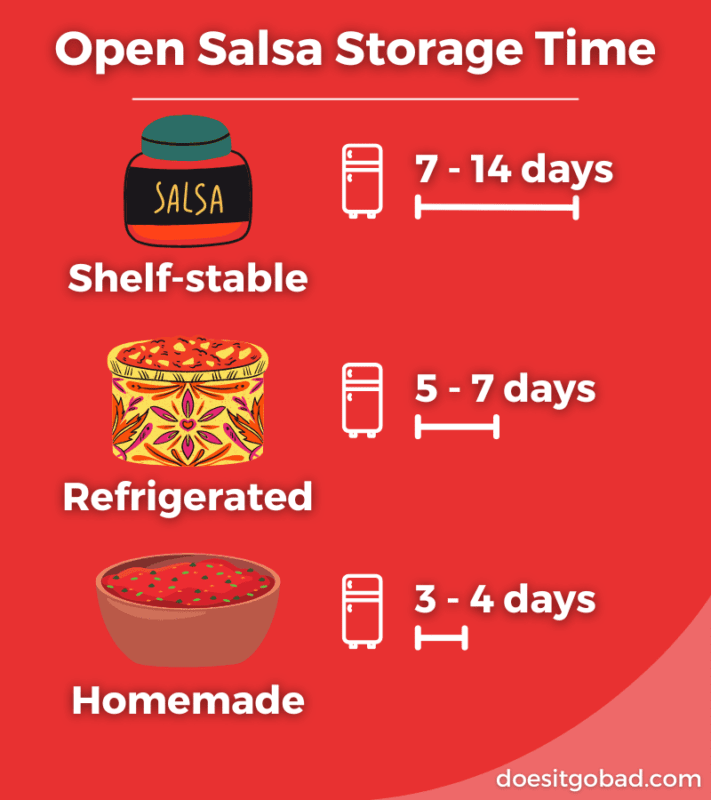
Store-bought salsa lasts 7 to 14 days after opening if you seal it tightly and refrigerate it. Refrigerated salsa typically keeps quality for up to 7 days after opening, while shelf-stable jarred salsa lasts for 10 to 14 days.
The difference between the two types comes down to how they’re made.
Refrigerated salsas usually aren’t cooked or pasteurized, and don’t contain any preservatives, hence the limited storage time. On the other hand, jarred salsas are cooked and sometimes pasteurized, which helps them last much longer but also alters the dip’s flavor.
That’s why refrigerated salsas have that “fresh” feeling, while jarred ones don’t.
All in all, no matter how it’s made, open salsa doesn’t last anywhere near as long as mustard or ketchup.
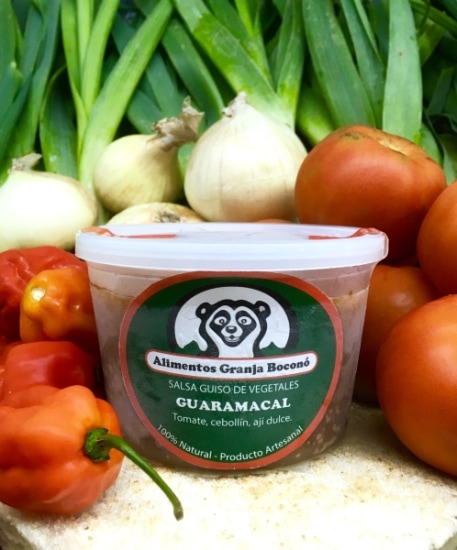
Homemade
Homemade salsa lasts 3 to 4 days, just like any other perishable leftovers.
Obviously, it’s best to whip up only as much as you use in a single sitting. But if you want to save some time and prepare a batch of pico de gallo or any other salsa in advance, it can sit in the fridge for 3 to 4 days.
Some recipes might suggest that the freshly made salsa should last for up to a week, but I recommend being conservative with storage time for homemade food and limiting it to the mentioned period.
Shelf Life Table
| Pantry | Fridge | |
|---|---|---|
| Salsa (sold unrefrigerated, unopened) | Best-by + 6 months | |
| Salsa (sold unrefrigerated, opened) | 10 – 14 days | |
| Salsa (sold refrigerated, unopened) | Use-by + 5 days | |
| Salsa (sold refrigerated, opened) | 5 – 7 days | |
| Salsa (homemade) | 3 – 4 days |
How to Tell if Salsa Is Bad?
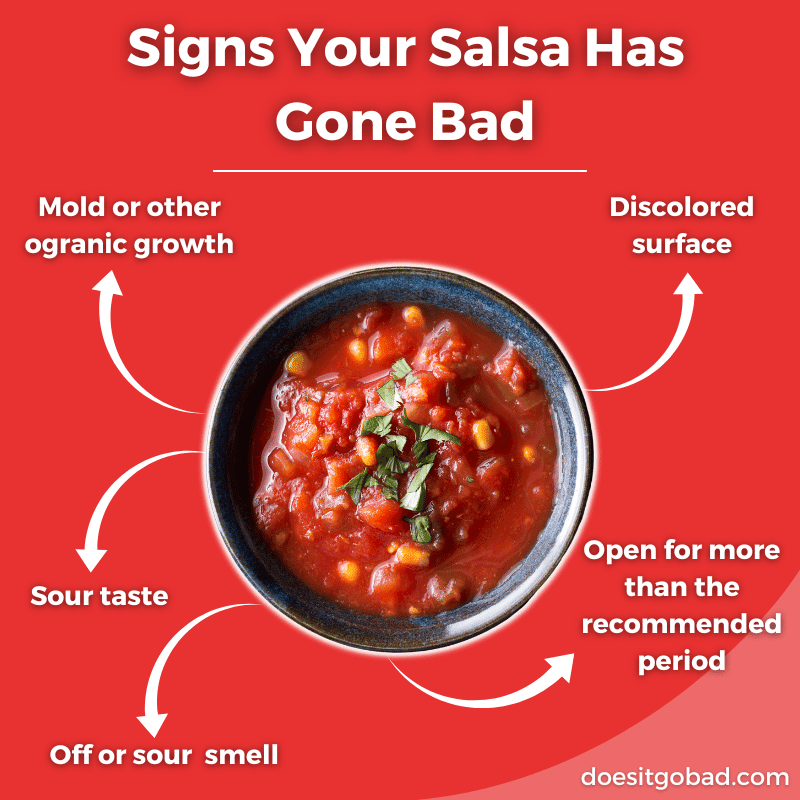
Let’s start with the obvious signs that salsa has gone bad. These include signs of mold or any other organic growth on the surface or inside the container, foul or off odor, or sour taste. If you notice any of these, discard the salsa.
If everything seems to be in perfect order, the salsa is probably okay to eat. Give it a taste and decide based on that if it’s good enough to use. If it’s not, throw it out for quality purposes.
As usual, there are a couple more things to remember when it comes to going bad of salsa.
First is the usual reminder: if you’re not sure it’s okay to eat it, play it safe and discard it.
Second, remember that salsa is more prone to spoiling than other condiments like BBQ sauce, or mustard. That means if you store a half-open jar of refrigerated salsa in the fridge for over two weeks, it’s better to get rid of it, no matter if it seems edible and tastes fine.
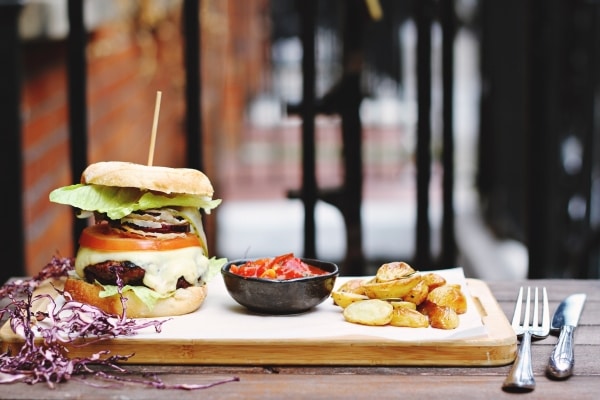
Does Salsa Need to Be Refrigerated?
Unopened shelf-stable salsa is the only variety of salsa that doesn’t require refrigeration. All the other types, including salsa sold refrigerated and open jarred salsa need to sit in the fridge at all times.
How To Store Salsa
Since the storage guidelines are slightly different for each type of salsa, we will go through each of them individually.
Let’s start with store-bought salsa that’s sold unrefrigerated. That means something like the popular Tostitos Salsa Con Queso. You can buy it in either a jar, a bottle, or a can.
Before you open such salsa, you can store it similarly to mayo. That means it should sit in a cold and dark place, away from sources of heat. The pantry or a kitchen cabinet away from the oven are among the best choices.
Once you open the container, you should store it sealed tightly in the fridge. If the dip comes in a can, please transfer the leftovers into an airtight container so they won’t dry out.
For commercially bottled salsa that’s sold in the refrigerated aisle, the storage guidelines are even more straightforward. You should always keep it in the fridge. It’s no surprise since pretty much everything you buy in the refrigerated section requires storing at low temperatures.
Homemade salsa, like homemade BBQ sauce, or pretty much any dip you whip up yourself, requires refrigeration.
Last but not least, please remember that practicing proper food hygiene is essential, especially when it comes to dips.
If you don’t expect to use the whole jar of salsa in a single sitting, serve a couple of tablespoons in a bowl. I know using the original container is more convenient and doesn’t require cleanup, but dipping fries, chips, or any other food in the jar is a sure way of transferring bacteria and contaminants to the sauce. And often it will result in it going bad prematurely.
When it comes to freezing salsa, most producers don’t recommend it. The texture will slightly change after defrosting. However, if salsa is only one of the ingredients in the sauce of a cooked dish, it’s worth giving freezing a try. The slight texture change of salsa shouldn’t be that noticeable if it’s only a part of the sauce.
Rotten Records: Share Your Snap!
Caught some food past its prime? Upload your photo to “Rotten Records” and help others spot the signs of spoilage. Every image makes our food community safer and more informed!
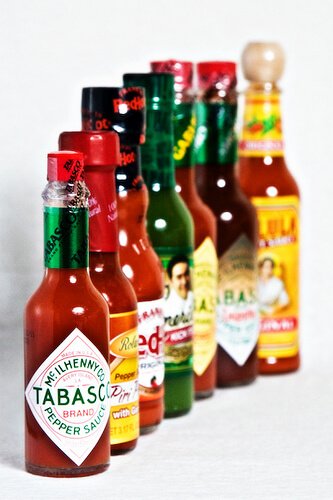
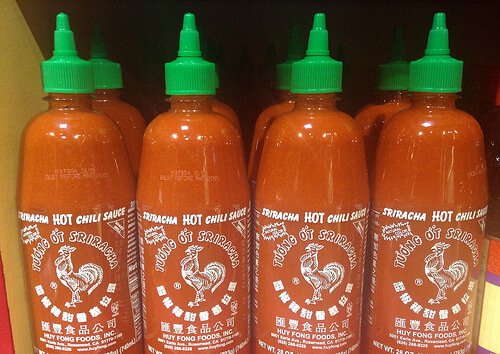
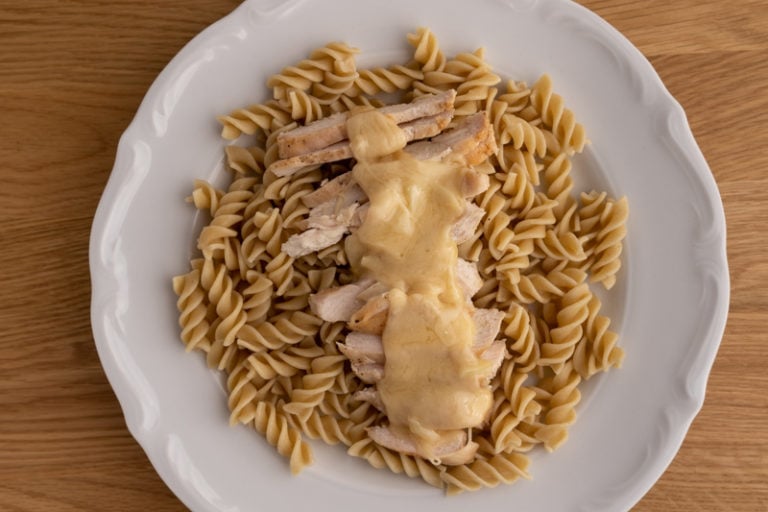
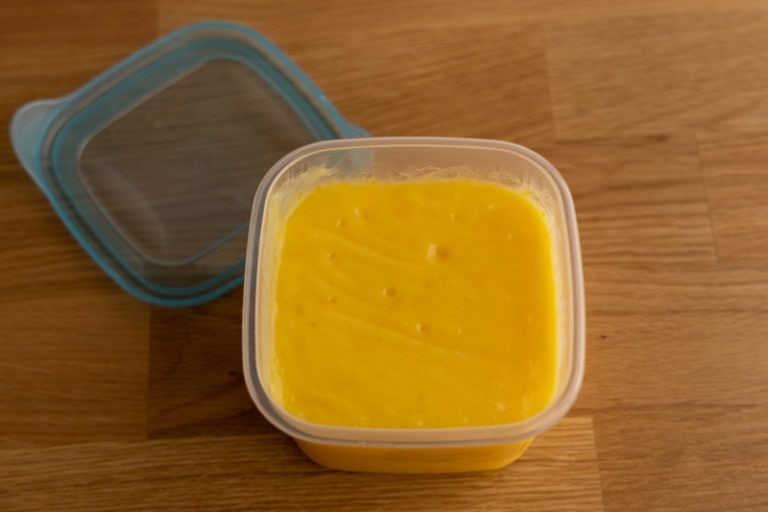
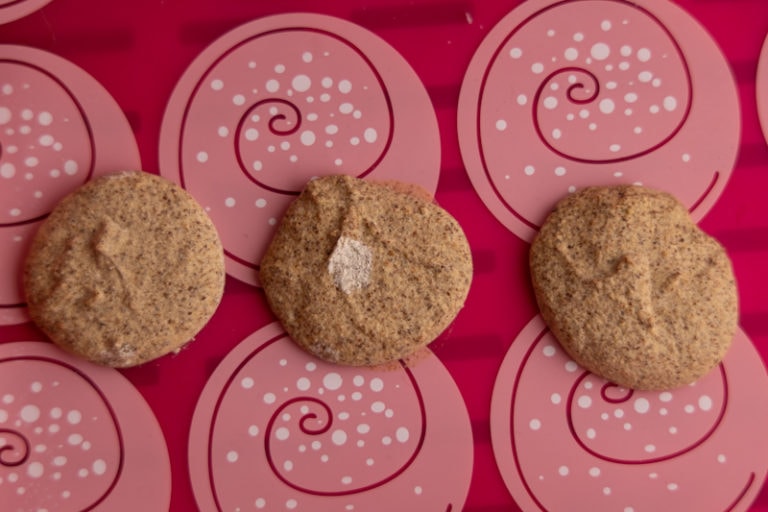
![How Long Does Pesto Last? [Storage, Shelf Life, and Spoilage]](https://www.doesitgobad.com/wp-content/uploads/Fresh-pesto.jpg)